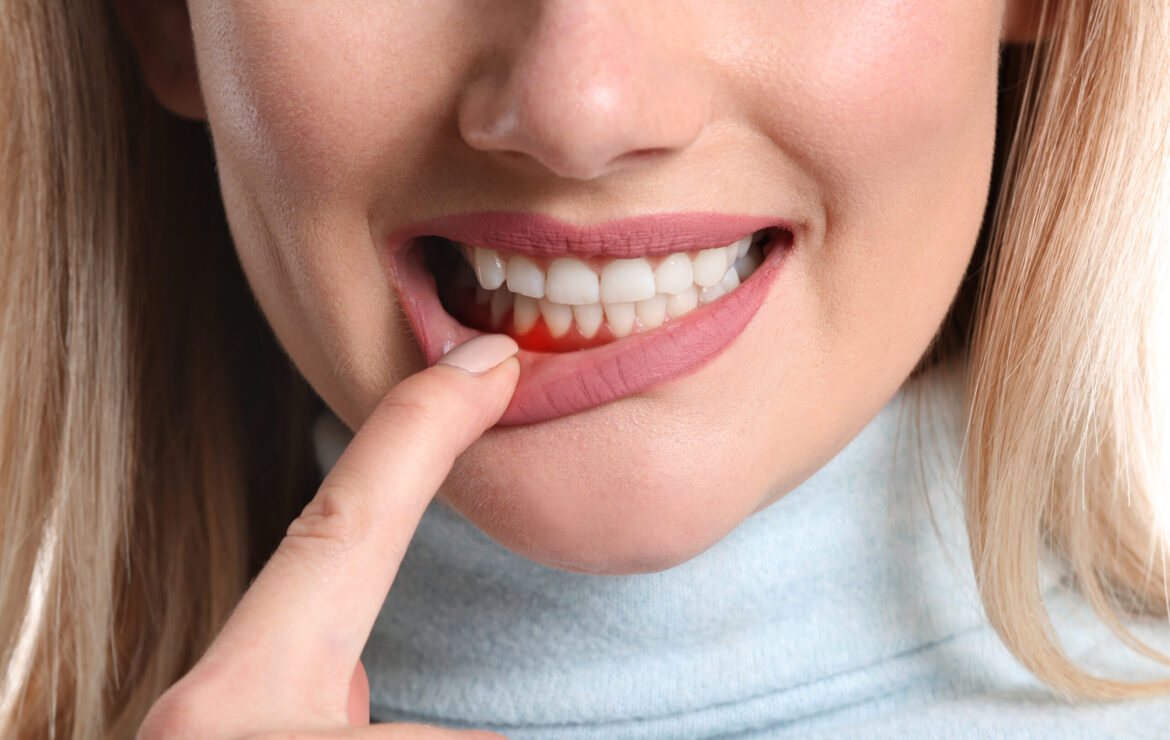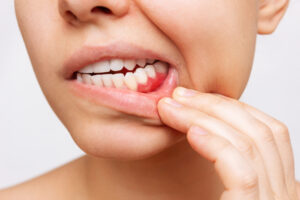Do You Have Gum Disease? Here’s How to Tell (and What to Do Next)

Gum disease can present without noticeable symptoms. That is why a proper gum exam is crucial to determining the correct diagnosis for your condition.
Signs You Might Have Gum Disease
1. Bleeding Gums
Do your gums bleed when brushing or flossing? Healthy gums typically don’t bleed easily, so frequent bleeding indicates early inflammation, known as gingivitis.
2. Red, Swollen, or Tender Gums
Healthy gums are firm and pale pink. Inflamed gums appear red, puffy, or sensitive and may hurt when touched or brushed.
3. Persistent Bad Breath
Gum disease is caused by bacterial buildup, which can lead to chronic bad breath or a persistent bad taste in your mouth.
4. Gum Recession
If your teeth look longer or if you notice gums pulling away from your teeth, you could be experiencing gum recession—another sign of progressing gum disease.
5. Loose Teeth or Changes in Bite
As gum disease advances, it can damage the bone supporting your teeth, leading to looseness, shifting teeth, or a change in how your teeth fit together.
What to Do Next if You Have Symptoms
1. Schedule a Dental Visit ASAP
Promptly see your dentist or a periodontal specialist. They’ll provide a thorough exam, potentially including X-rays, to assess the severity of your condition.
2. Professional Treatment Options
Depending on the severity, your dentist might recommend:
- Professional Cleaning: Removes plaque and tartar to halt gingivitis.
- Scaling and Root Planing (Deep Cleaning): Cleans below the gum line and smooths tooth roots to help gums reattach.
- Antibiotic Therapy: Used alongside scaling and root planing to reduce bacteria.
- Surgical Treatments: Advanced gum disease might require minimally invasive surgical options such as LANAP.
3. At-Home Care & Prevention
Maintain excellent oral hygiene by:
- Brushing twice daily with fluoride toothpaste.
- Flossing daily to remove plaque your toothbrush can’t reach.
- Rinsing with an antiseptic mouthwash to help control bacteria.
4. Lifestyle Changes
- Quit Smoking: Smoking significantly worsens gum disease.
- Balanced Diet: Foods rich in vitamins and antioxidants support healthy gums.
The Bottom Line: Act Quickly for Healthier Gums
**If you suspect you have gum disease, don’t wait—schedule your evaluation today and regain your oral health confidence. Give us a call today at (301) 750-8511.





